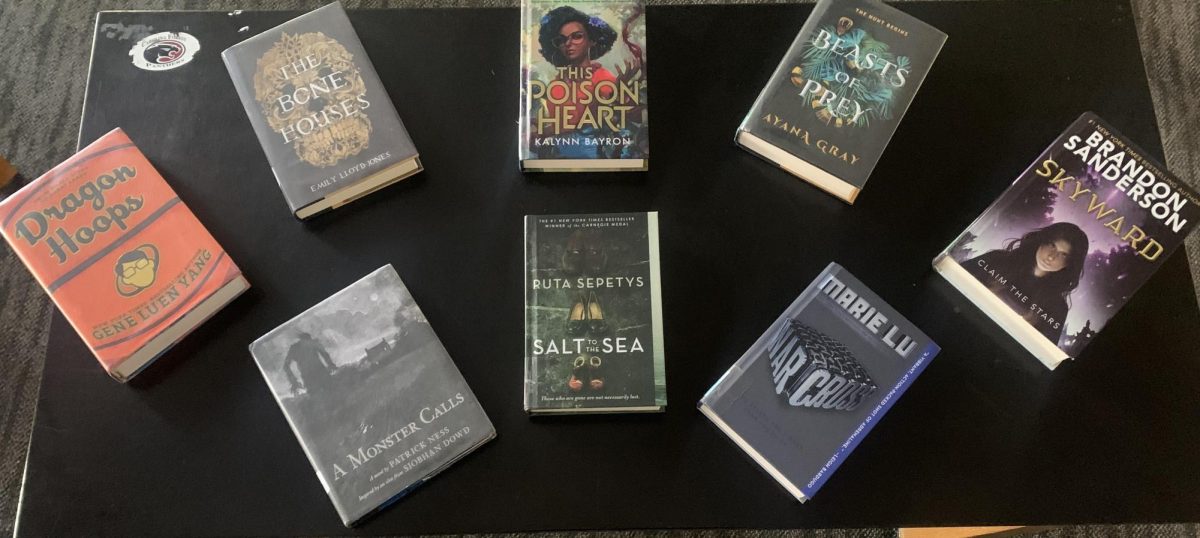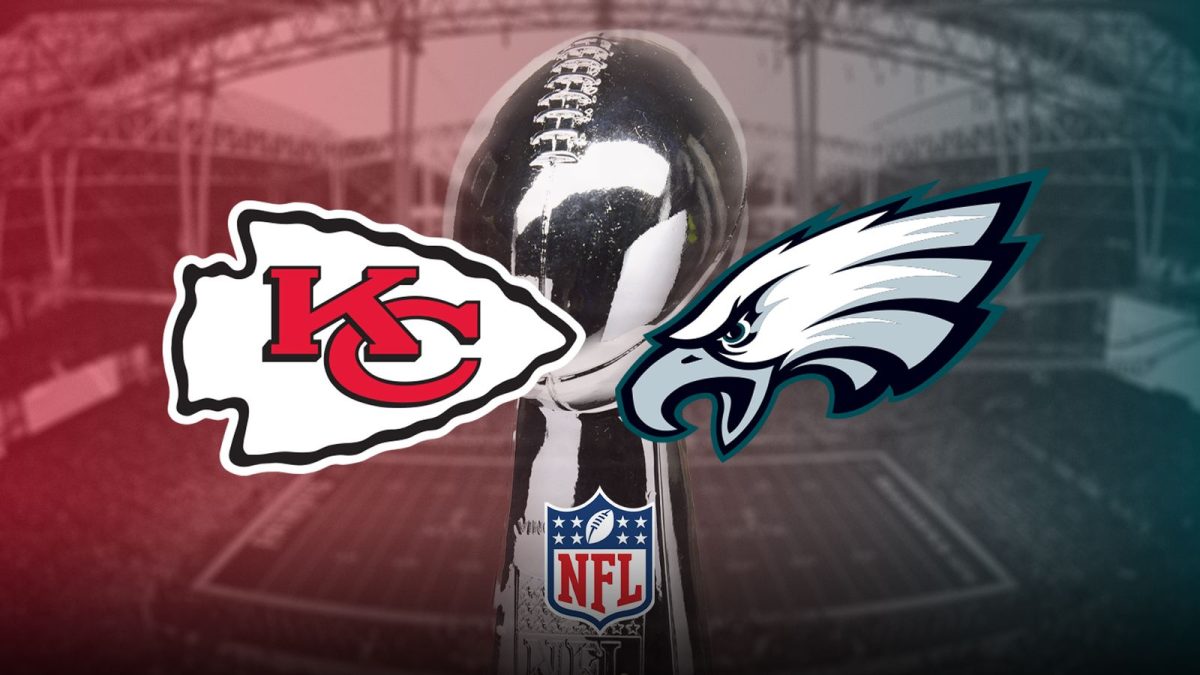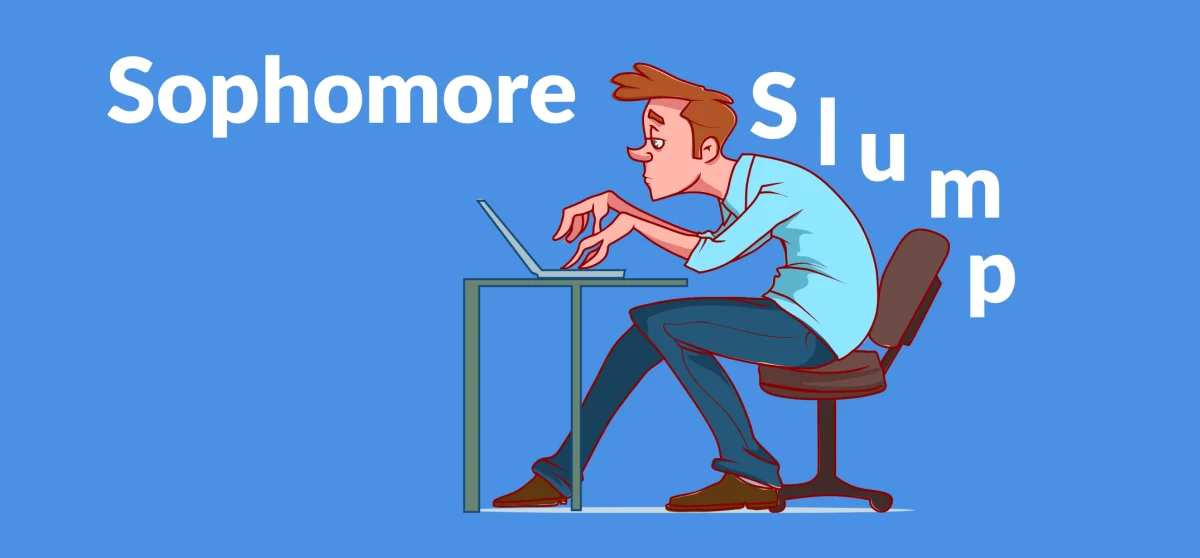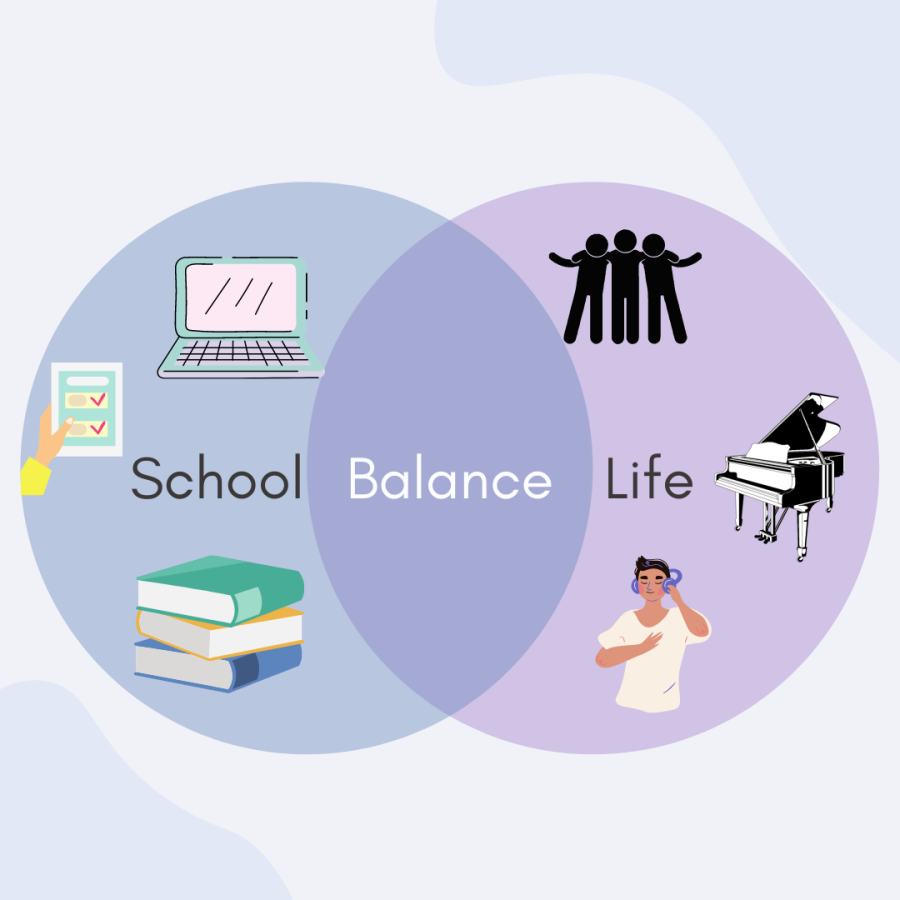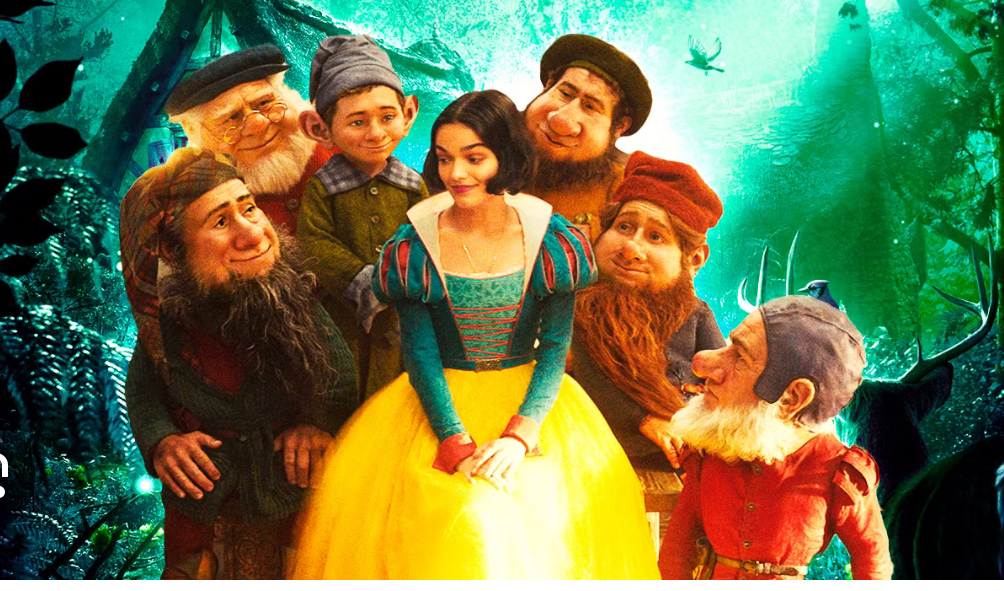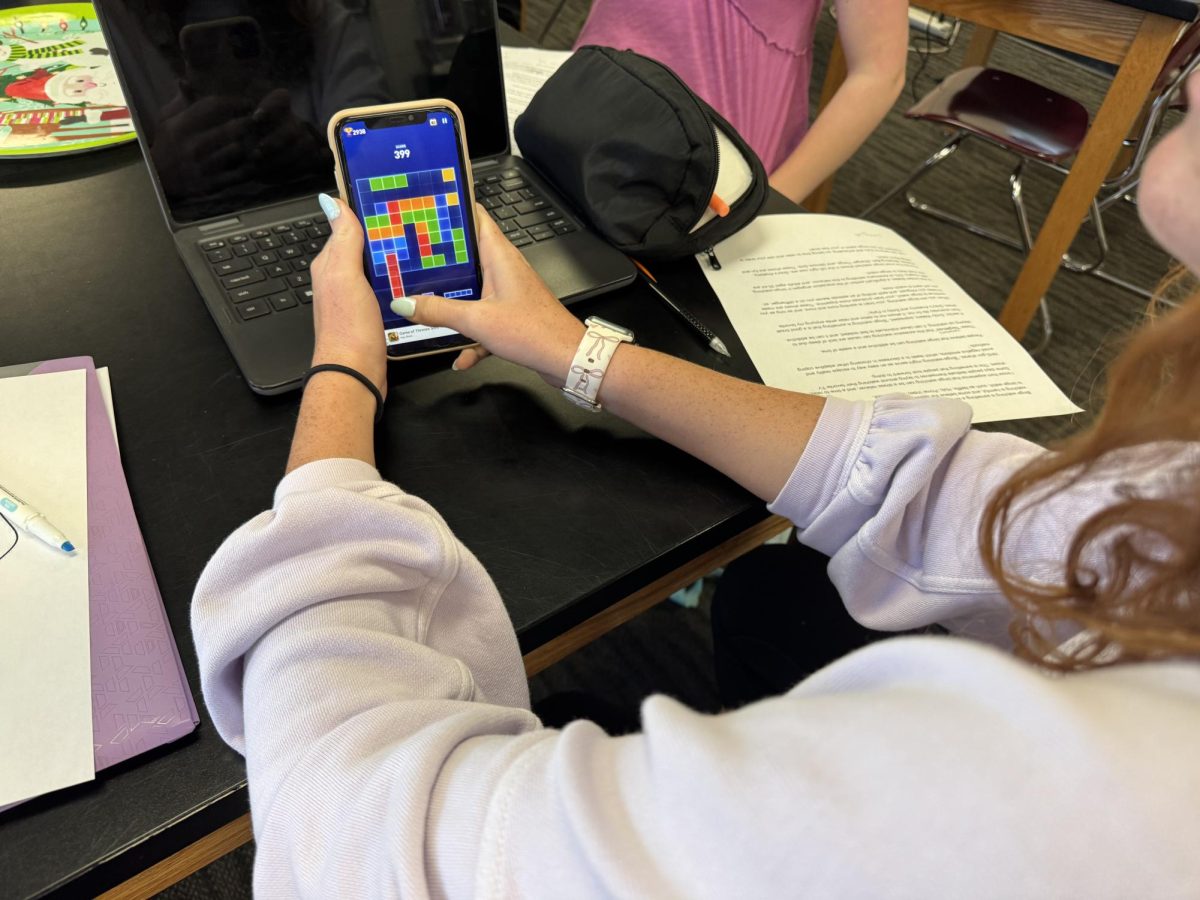Do We All See the Same Colors?
September 1, 2021
Many people often wonder whether or not they see the same colors as everyone else. Not counting people with colorblindness, the answer here seems like an obvious yes. But, the more you think about it, the less clear it becomes. How do you really know that you see the same colors as everyone else? Well, according to scientists, perception of colors varies from person to person.
Before we get into the science of it, we need to understand how you perceive color in the first place. Your eyes have two types of cells that respond to light: cones and rods. Your cones process the color of the light wave, and your rods process how light or dark the wave is. Think of cones like color receptors, and rods like value receptors. Once your cones and rods respond to a light wave, they send the information about the wave to your brain, where it processes the information and you perceive light.
While everyone’s cones and rods respond to light in the same way (assuming that they’re not colorblind), everyone’s brains process the information differently, creating different perceptions. Scientists say that the color perception in your brain can change due to many different factors: mood, memories, and even age can all affect your perception of color. For example, if you have a lot of memories of fire trucks being bright red, and they suddenly started painting fire trucks dark red, your brain would still perceive the fire truck as being bright red to protect your memories.
As you get older, your color perception changes as well. Not only do physiological changes in your eyes change the way your cones and rods respond to color, as you develop more memories and experiences, your colors will begin to change. Research shows that people tend to see less and less of the blue light spectrum as they reach 70 years old. This means that the colors you saw as a toddler aren’t going to be the same colors you see as an adult.
Most importantly of all, mood is the biggest factor in color perception. Being happy changes the hue that you see everything in, making the world look brighter. Being sad makes the world look darker. Mood is probably the most important factor when perceiving color, meaning that being in a good mood can make the world look brighter, and in turn, make you even happier.
Although our rods and cones usually respond to light the same way, our brains process that information in different ways. Your memories, your age and, most importantly, your mood can affect the way you see the world. So, to answer the question: no, you don’t see the same colors as everyone else.
Source: “Do You See What I See?” wonderopolis.org






